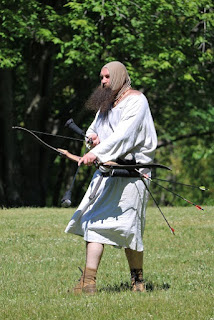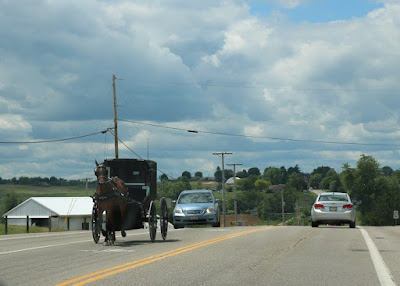The other day, something out
of place caught my eye as I walked past one of the back windows at my
house. I stopped in my tracks, craned to
look outside and see what alerted me.
Yep. Someone was wandering around in the tall sage
and blue grama grass on the slope just below my house. Not just any someone, mind you.
It was my neighbor, Kevin.
I immediately exited my
door and marched down there to see what he was up to. Even before I reached him, I could see that
he was drifting about plucking rocks from the ground and dropping them into a
fabric bag.
Kevin has been collecting
rocks to use as rip-rap on the lakeshore for several months.
“Are you on your own
property or mine?” I called out.
He never looked up. “I don’t know and I don’t care.”
I laughed. “Good!
That makes two of us.”
When I finally reached
him, he extended his hand to show me two “pretty” rocks he had found. One of them looked like a finger.
“Cool,” I said.
Both of us have piles of
rocks in our houses that we have collected from the immediate surround.
I soon joined in
alongside Kevin, scouring the hillside for attractive rocks. After a while I called out to Kevin
again. “Hey, Kev, you ever notice how
nothing grows in these places where sagebrush was growing and then died out?”
He answered: “Probably,
like juniper—poisons the ground around itself to eliminate competition.”
“Thanks for the quick
answer, but you’re probably wrong.”
Laughing, both of us went
back to looking for rocks. This is what we
do.
--Mitchell
Hegman

























